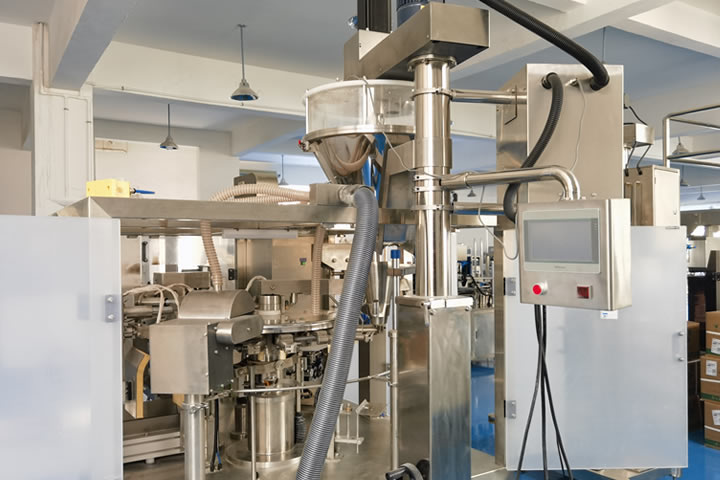The aroma of cocoa in the suburbs of Sao Paulo was washed away by the heavy rain in August, and Anna, the quality inspection supervisor of the Maya Food Factory, pressed the emergency stop button for the seventh time. On the assembly line, chocolate worth millions of reais was stuck together due to moisture in the packaging film, and the pointer of the workshop hygrometer trembled and pointed to 85% - this is the normal state of traditional packaging equipment in the rainy season.

"Every rainstorm means 3% loss of raw materials." Factory owner Carlos showed a sample of moldy packaging bags in a video conference, "We need a packaging machine that can dance in a humid environment."
The ply-pack technical team entered the workshop with a temperature and humidity recorder and captured key data: when the ambient humidity exceeds 75%, the static elimination system of the traditional packaging machine is attenuated by 42%. The solution is hidden in the inspiration of the Amazon rainforest three kilometers away - R&D engineers got inspiration from the hydrophobic structure of banana leaves and deeply coupled the nano-scale hydrophobic coating with the solar drive system.
The renovated zero-carbon packaging line made its debut in the rainy season. Operator Paul found that under the newly added "tropical mode" icon on the touch screen, the equipment automatically increased the heat sealing temperature by 5°C and started the photovoltaic energy storage compensation system at the same time. "It's like installing a weather radar on the packaging machine," he pointed to the real-time jumping environmental parameters and laughed, "Now even the water molecules in the air are helping us control the speed of the tension roller."
What surprised the quality inspection team most was the breakthrough in food-grade packaging. The conveyor belt uses food-contact grade silicone and is equipped with a constant temperature control module unique to the solar packaging machine, so that the temperature fluctuation of the chocolate surface is controlled within ±0.5¡æ. Anna held the newly launched product and exclaimed: "The cocoa pattern on the gold foil packaging will never be blurred due to temperature changes. This is simply an art-level package."
Next to the photovoltaic panel array in the factory, Carlos showed his colleagues the energy monitoring board: "The zero-carbon packaging line not only solves production problems, but also reduces carbon emissions in the packaging process to zero." Data shows that the equipment can absorb 1,800 kWh of solar energy per day, and the surplus electricity can even feed back to the chocolate condensation workshop.
This green transformation is reshaping the industrial chain. The packaging film supplier took the initiative to improve the formula and launched a special tropical moisture-resistant composite film; the local logistics company specially designed a shockproof freight solution for transporting solar packaging machine components. The Brazilian Food Industry Association listed it as a "rainforest-friendly production demonstration project", and visitors came in an endless stream.
When the rainy season comes again, the zero-carbon packaging line of the Maya factory is spitting out chocolate at a rate of 150 bags per minute. Rainwater draws an elegant arc along the new hydrophobic ceiling, gathers into small streams on the surface of the photovoltaic panels, and is finally injected into the rainwater recycling system. This precisely operated green closed loop is like the layers of precisely sealed packaging bags, which firmly seals the commitment to sustainable development in every chocolate.

